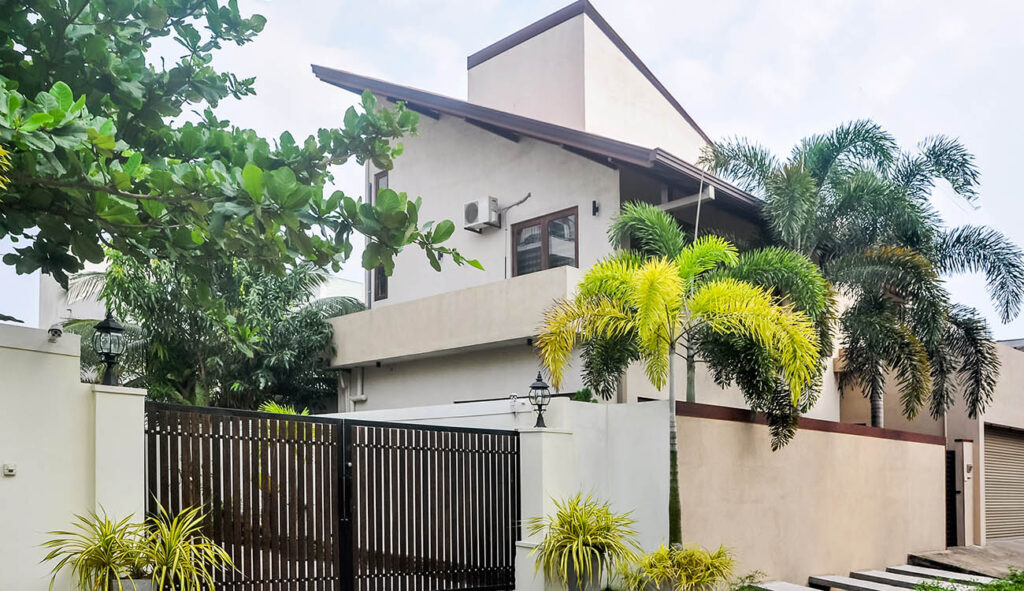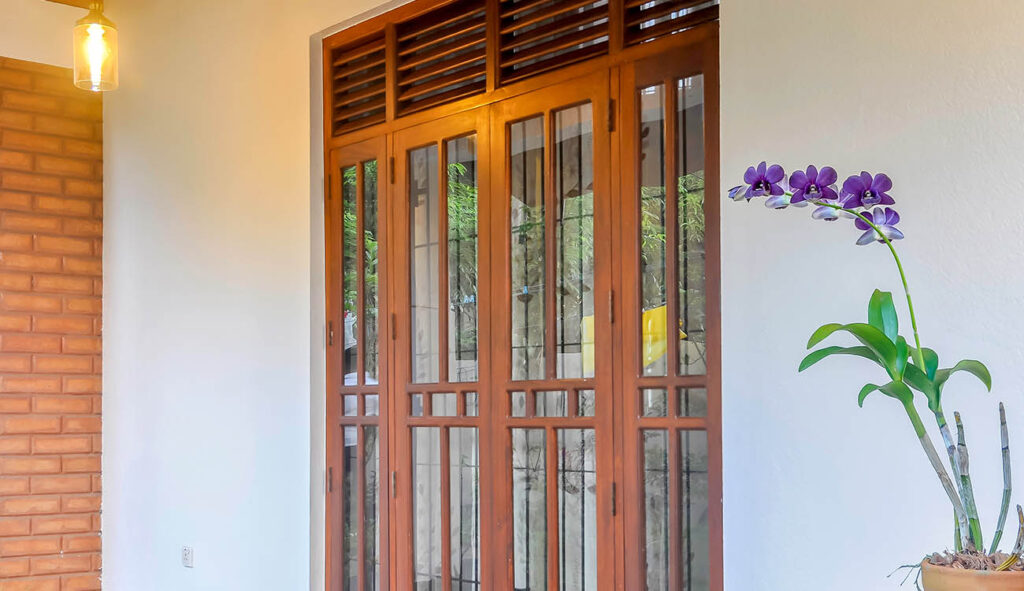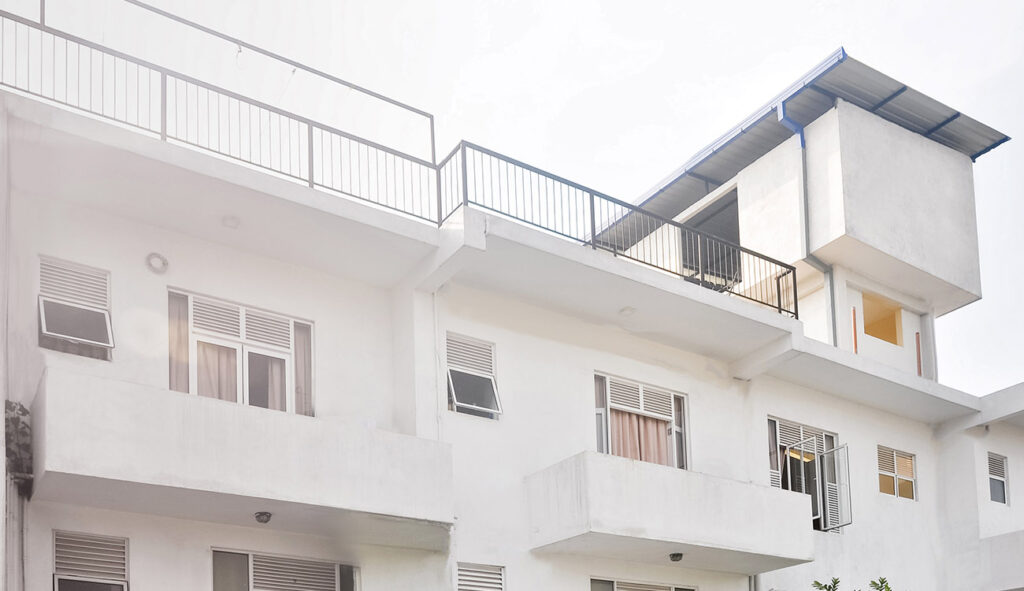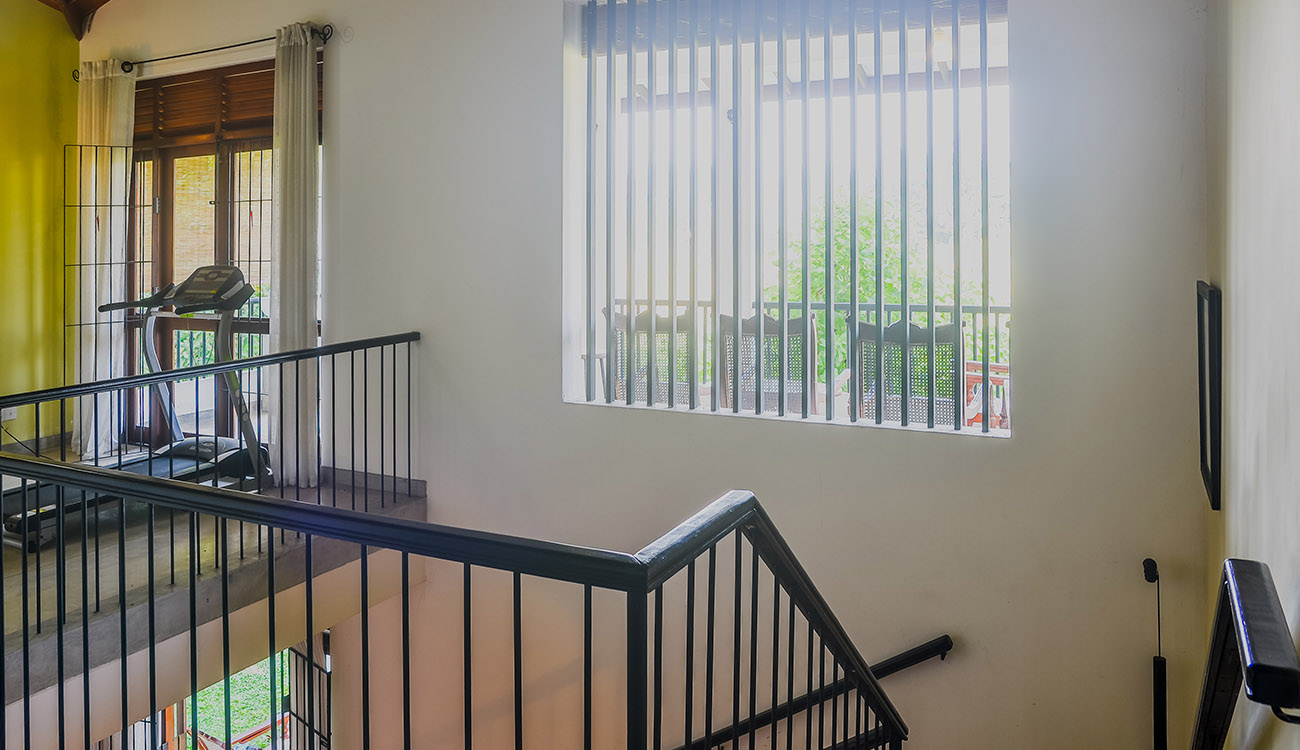Introduction
When it comes to constructing a house, apartment complex, or commercial building, structural planning is one of the most critical elements of the entire process. A strong, well-thought-out structure ensures safety, stability, and durability. Without it, even the most beautiful designs can become dangerous and costly mistakes. In this article, we break down what structural planning involves and why it's a must-have for every construction project.
What Is Structural Planning?
Structural planning is the process of designing the skeleton of a building. It includes calculations, materials selection, and layouts that determine how the load of the building is carried and distributed to the foundation. This ensures the building can withstand not only daily usage but also external forces like wind, rain, and even earthquakes.
The Role of a Structural Engineer
Structural engineers play a key role in ensuring safety. They analyze soil conditions, design foundations, beams, slabs, and columns, and confirm the overall stability of the building. At VPH Constructions (PVT) LTD, our engineers work hand-in-hand with architects and builders to ensure the structure complements the design without compromising safety.
Importance in Sri Lankan Context
Sri Lanka has diverse climates and varying soil conditions from coastal zones to hilly regions. Proper structural planning is vital to adapt buildings to these geographical differences. Using the wrong design in the wrong area can lead to cracks, dampness, or even collapse over time.Importance in Sri Lankan Context
Common Mistakes to Avoid
Skipping soil testing: Soil type affects foundation depth and material choice.
Underestimating load: Not accounting for heavy fixtures or future floors can be dangerous.
Overlooking local codes: Failing to meet legal structural standards can halt your project or lead to fines.
Integrating with Design and Functionality
Good structural planning should not hinder the architectural beauty of a building. On the contrary, it allows for creative spaces—large open halls, cantilevered balconies, and safe staircases all while maintaining structural integrity.
Long-Term Benefits
A structurally sound building lasts longer, requires fewer repairs, and withstands natural elements better. It also increases property value, as buyers or tenants feel more secure investing in or living within a well-planned structure.
Final Thoughts
Structural planning is the backbone of every successful construction project. When done properly by skilled professionals, it ensures your building remains safe, functional, and beautiful for generations. Trusting experienced companies like VPH Constructions (PVT) LTD gives you the confidence that your dream project is built on a solid foundation—literally and figuratively.
Sarah L - Project Coordinator
This article sheds light on important industry trends, offering valuable strategies for navigating construction challenges effectively.
Worker Productivity due to Safety Concerns
Rain is one of the most common weather-related factors that can disrupt a construction project. Heavy rainfall can cause delays in various activities, such as excavation, concrete pouring, and roofing. Wet surfaces can lead to safety hazards like slips and falls, and excessive water can damage materials such as wood, drywall, or electrical components.
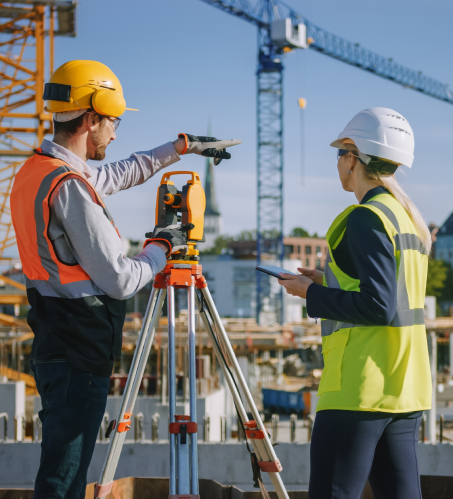
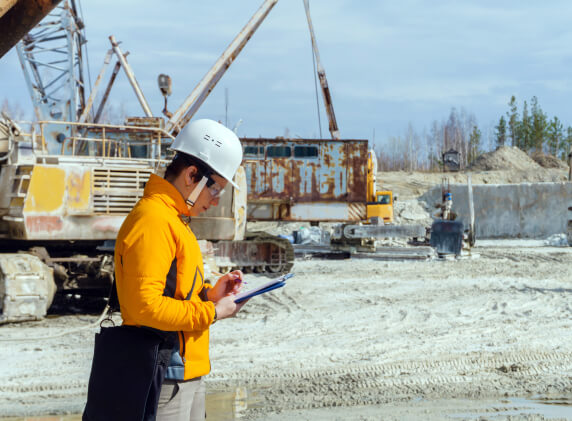
Delivering superior construction projects through expert craftsmanship, innovative techniques, and a commitment to quality. It involves balancing aesthetics with functionality, ensuring that each structure not only looks impressive but also stands the test of time. This approach focuses on meticulous planning, sustainable materials, and advanced technology to create buildings that are both durable and efficient. By prioritizing attention to detail and client satisfaction.


